Physical Address
304 North Cardinal St.
Dorchester Center, MA 02124
Physical Address
304 North Cardinal St.
Dorchester Center, MA 02124
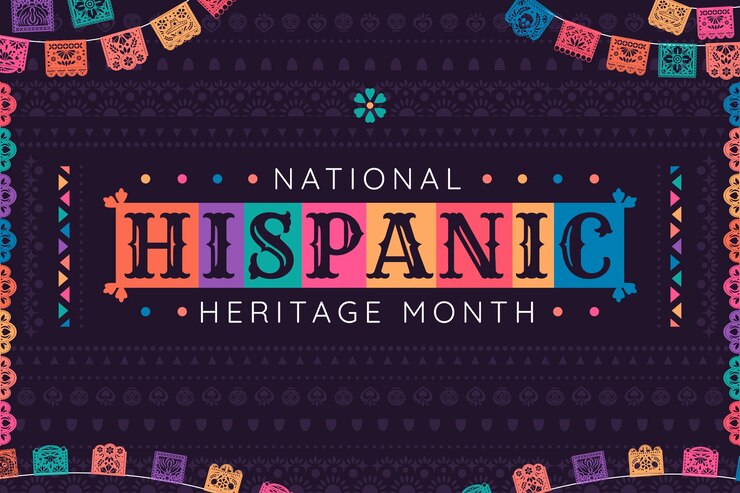

National Hispanic Heritage Month is a time when Americans come together to celebrate the rich and diverse cultures, traditions, and histories of Hispanic and Latino communities in the United States. From September 15 to October 15 each year, the nation honors the contributions made by Hispanic Americans to the cultural, political, and economic development of the country. The celebration, which spans 30 days, highlights the unique experiences, struggles, and achievements of people with roots in Spain, Mexico, the Caribbean, Central America, and South America.
National Hispanic Heritage Month is an important period for fostering a deeper understanding of Hispanic cultures and contributions, not only for the Hispanic community but for all Americans. As the Hispanic population continues to grow, with over 60 million people of Hispanic origin living in the U.S., it is crucial to acknowledge their influence on the nation’s identity and progress. But why is National Hispanic Heritage Month significant? What are the origins of this observance, and how can we celebrate it meaningfully?
National Hispanic Heritage Month is significant for several reasons. It not only celebrates the diversity and cultural richness of Hispanic communities but also acknowledges the challenges they face and the incredible contributions they’ve made to the United States.

Hispanic Americans come from a wide variety of backgrounds and countries, representing more than 20 nations. This diversity is an integral part of the American experience, and Hispanic American Heritage Month provides an opportunity for people of all ethnic backgrounds to learn about and appreciate this rich cultural tapestry. The celebration helps break down cultural barriers, promote inclusivity, and encourage mutual understanding between different communities.

From the early explorers like Hernando de Soto to modern leaders like Sonia Sotomayor, Hispanic Americans have played a pivotal role in shaping the history of the United States. Whether through their contributions to civil rights, education, labor, politics, or the arts, Hispanic individuals have left an indelible mark on the nation’s development. Hispanic national heritage month is a time to reflect on these contributions and celebrate the achievements of Hispanic Americans in every field.

While National Hispanic Heritage Month is a time to celebrate, it is also an opportunity to address the ongoing challenges that many Hispanic Americans face, such as immigration issues, economic inequality, and access to education. The month-long observance can serve as a platform to advocate for social justice, equality, and the rights of all Hispanic Americans, regardless of their background or immigration status.
As we celebrate National Hispanic Heritage Month, it’s important to honor key historical and contemporary figures who have made lasting contributions to U.S. history and culture. These individuals have influenced a wide range of fields, including politics, arts, sports, and civil rights.
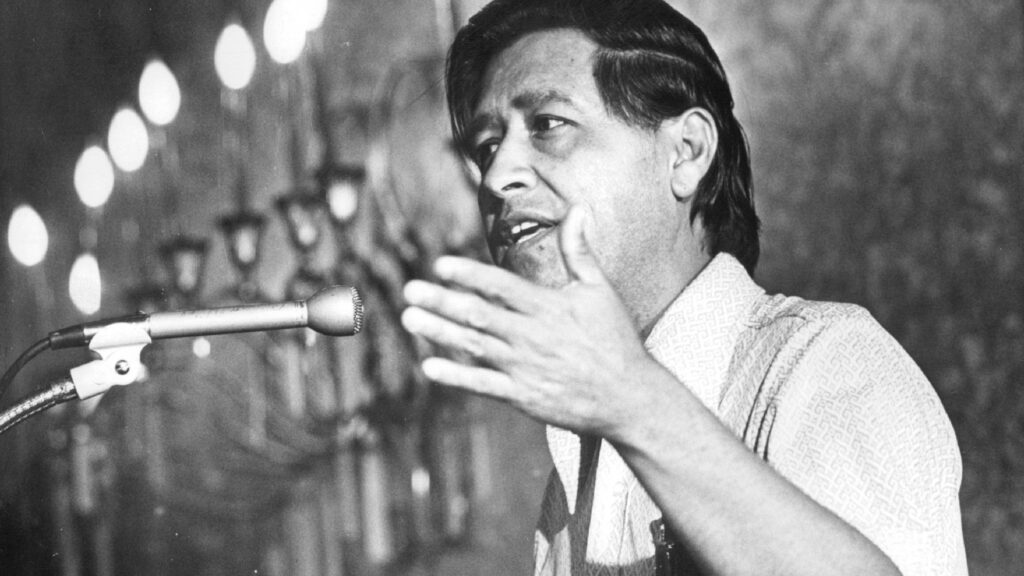
César Chávez is one of the most iconic figures in the fight for labor rights in the U.S. As a labor leader and civil rights activist, Chávez co-founded the United Farm Workers (UFW) alongside Dolores Huerta. Together, they fought for better wages, working conditions, and rights for farmworkers, many of whom were Hispanic immigrants. Chávez’s legacy continues to inspire social justice movements today.
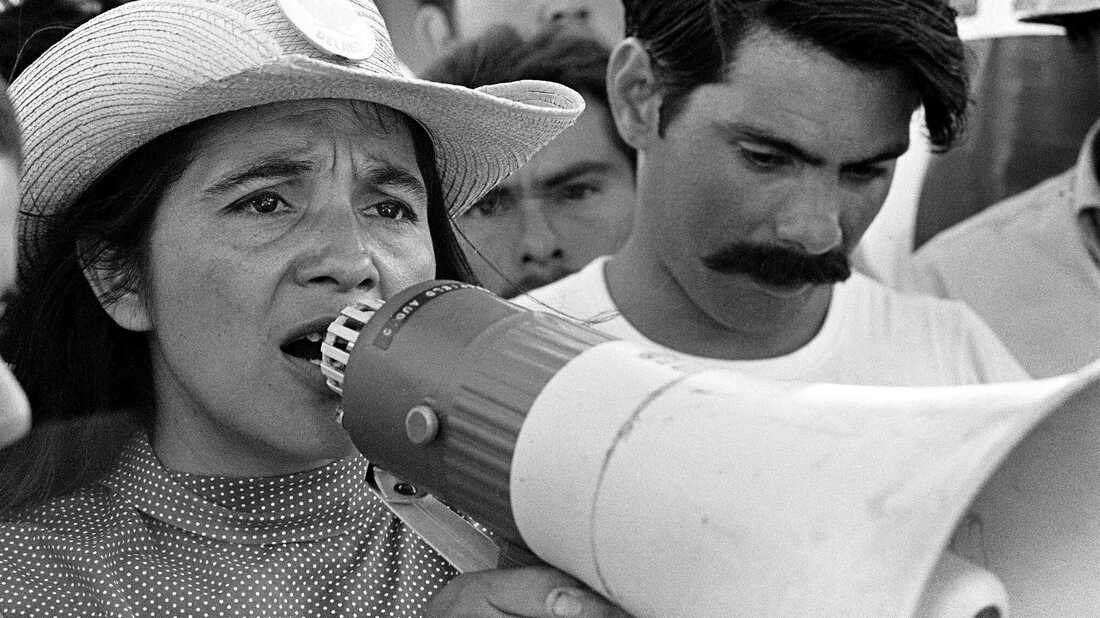
Dolores Huerta, another key figure in the labor movement, worked closely with César Chávez to co-found the UFW. She was instrumental in organizing strikes and boycotts that led to significant improvements in the lives of farmworkers. Huerta’s rallying cry, “Sí se puede” (“Yes, we can”), has become a symbol of empowerment and activism.
As the first Hispanic and Latina Supreme Court Justice, Sonia Sotomayor broke barriers when she was appointed to the highest court in the land. Her career has been marked by a commitment to justice, equality, and advocacy for underrepresented communities. Sotomayor’s story is one of perseverance and dedication, making her a role model for countless Americans.

Roberto Clemente was not only a Hall of Fame baseball player but also a humanitarian who used his platform to give back to his community. Born in Puerto Rico, Clemente’s contributions extended beyond the baseball field as he dedicated his life to charity and helping those in need. He tragically died in a plane crash while delivering aid to earthquake victims in Nicaragua.

Many people wonder why National Hispanic Heritage Month begins in the middle of September rather than at the beginning of the month. The answer lies in the historical significance of September 15, a date that marks the anniversary of independence for five Latin American countries: Costa Rica, El Salvador, Guatemala, Honduras, and Nicaragua. These nations declared their independence from Spain on September 15, 1821.
In addition to this, Mexico celebrates its independence from Spain on September 16, while Chile’s independence day falls on September 18. By choosing these dates, the U.S. government recognized the importance of these nations in the broader context of Hispanic and Latino heritage. This period from mid-September to mid-October allows the United States to honor the rich history, culture, and contributions of Hispanic Americans, while also acknowledging the shared history between Latin America and the U.S.
National Hispanic Heritage Month lasts for a total of 30 days, running from September 15 to October 15. This extended period allows for a more in-depth exploration of Hispanic heritage and contributions across various sectors of society. Over the course of these 30 days, communities, schools, and organizations host events, exhibits, and educational programs that highlight the achievements and cultural richness of Hispanic Americans.
Having a month-long celebration provides ample time to organize events, promote Hispanic culture, and engage in meaningful discussions about the challenges and contributions of the Hispanic community. It also allows for the incorporation of national Latino heritage month into school curriculums, public service announcements, and community events.
The celebration of Hispanic national heritage month is important for several reasons, from promoting cultural awareness to fostering inclusion. Here’s why this observance is crucial in today’s world:
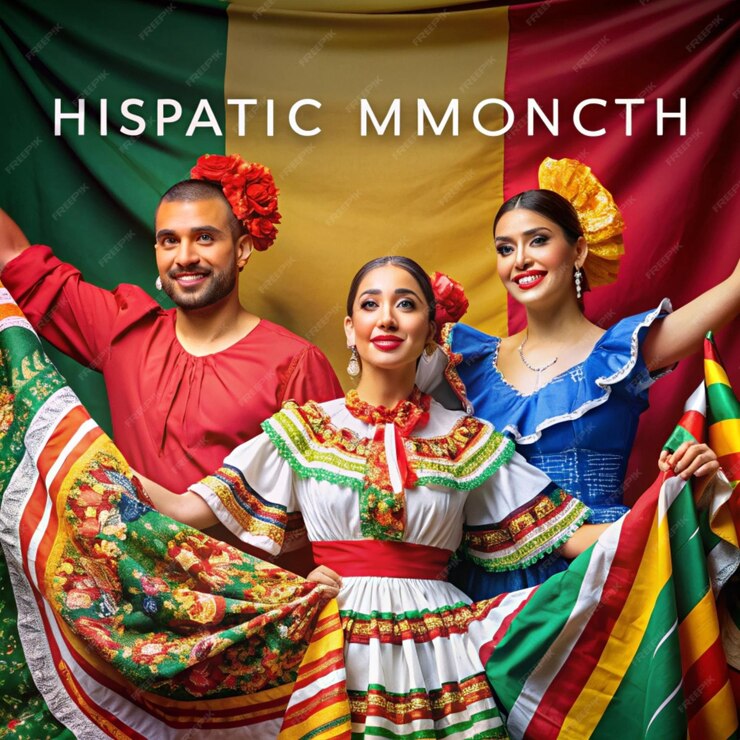
One of the key reasons for celebrating National Hispanic Heritage Month is to promote awareness and appreciation of Hispanic cultures. Hispanic communities contribute to the arts, literature, science, business, and government, among many other fields. This month provides an opportunity to explore the diverse cultural traditions of Hispanic Americans and to acknowledge how these traditions have enriched the broader American experience.
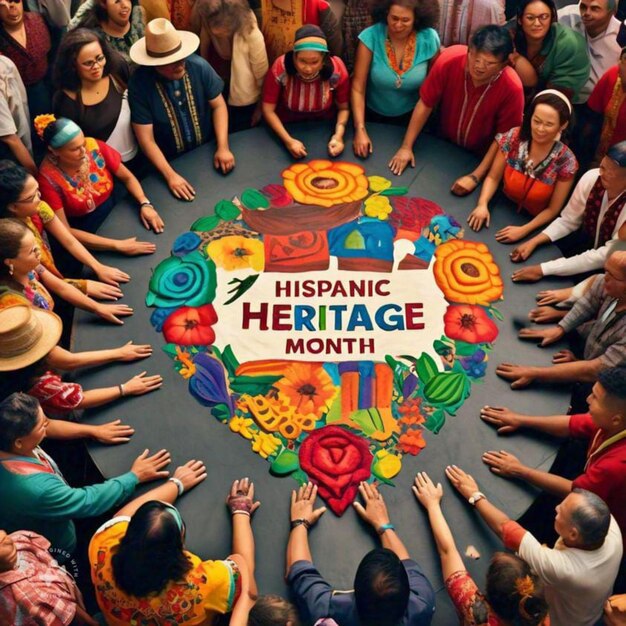
By celebrating Hispanic American Heritage Month, Americans of all backgrounds can participate in fostering a sense of inclusion and unity. This observance highlights the importance of understanding different cultures, breaking down stereotypes, and advocating for equality. In a country as diverse as the United States, recognizing and honoring different cultural heritages is essential for building a more inclusive society.
National Hispanic Heritage Month also provides educational institutions with the opportunity to teach students about Hispanic history, traditions, and contributions. Schools can incorporate lessons on Hispanic historical figures, cultural traditions, and social movements into their curriculum, helping to ensure that future generations understand the significance of Hispanic culture in shaping America.

Schools play a pivotal role in celebrating National Hispanic Heritage Month and engaging students in meaningful ways. Here are some effective methods for schools to celebrate this important month:
Teachers can integrate lessons about Hispanic history, culture, and contributions into their existing curriculum. Highlighting the achievements of Hispanic figures in fields such as science, politics, and the arts helps students develop a broader understanding of the contributions of Hispanic Americans.
Schools can organize cultural events such as Hispanic heritage festivals, art showcases, and music performances. These events give students the opportunity to experience Hispanic culture firsthand and learn about different traditions, foods, and customs.
Inviting prominent Hispanic figures from the community to speak to students can provide valuable insights and firsthand knowledge of Hispanic heritage. Whether they are artists, activists, or business leaders, these guest speakers can inspire students and provide a deeper understanding of Hispanic culture.

Each year, National Hispanic Heritage Month adopts a new theme to guide celebrations and discussions. These themes often reflect current social and cultural issues or honor specific contributions of Hispanic Americans to the nation.
For example, recent themes have included topics like “Hispanics: Be Proud of Your Past, Embrace the Future” and “Honoring Hispanic Contributions to the Nation’s Defense.” The themes provide a focal point for celebrations and events, helping to highlight particular aspects of Hispanic heritage and its relevance in contemporary society.

National Hispanic Heritage Month offers the perfect opportunity to showcase the incredible contributions of Hispanic artists to the world of art, music, and literature. From the famous murals of Mexican artist Diego Rivera to the colorful portraits of Cuban-American artist Carmen Herrera, Hispanic artists have significantly shaped modern art.
During National Hispanic Heritage Month, many art museums and galleries across the U.S. host exhibitions that highlight the work of Hispanic artists, both historical and contemporary. These exhibits celebrate the diversity of styles, mediums, and cultural expressions found within Hispanic art.
Music is an integral part of Hispanic culture, and during Hispanic national heritage month, performances featuring salsa, mariachi, reggaeton, and other musical genres are common. Many Hispanic music festivals and performances take place during this time, highlighting the contributions of Hispanic musicians to American music and global pop culture.
The story of how National Hispanic Heritage Month gained national recognition dates back to the civil rights movements of the 1960s. As the U.S. population became more aware of the contributions of minority groups, there was a push to recognize and honor the cultural heritage of Hispanic Americans.
In 1968, President Lyndon B. Johnson signed a proclamation establishing Hispanic Heritage Week to recognize the contributions of Hispanic Americans to the United States. This weeklong celebration was the precursor to today’s month-long observance.
In 1988, President Ronald Reagan signed a law expanding Hispanic Heritage Week to National Hispanic Heritage Month, extending the celebration from September 15 to October 15. This expansion allowed for a broader recognition of Hispanic contributions and gave more time for celebrations and educational programs across the country.
The origins of National Hispanic Heritage Month can be traced to the efforts of Hispanic civil rights activists and lawmakers who sought to recognize the contributions of Hispanic Americans. The timing of the celebration was carefully chosen to coincide with the independence anniversaries of several Latin American countries, making it a meaningful period for reflection and celebration.

Salud America! is an organization focused on promoting health equity for Latino communities. During National Hispanic Heritage Month, Salud America! hosts webinars, social media campaigns, and community events to raise awareness about health disparities affecting Latinos and to promote solutions for improving health outcomes.
1. What is National Hispanic Heritage Month?
National Hispanic Heritage Month is an annual celebration from September 15 to October 15 that honors the history, culture, and contributions of Hispanic Americans.
2. Why is National Hispanic Heritage Month important?
The month is important for recognizing the contributions of Hispanic Americans and promoting awareness of Hispanic culture, diversity, and social issues.
3. How long does Hispanic Heritage Month last?
The celebration lasts for 30 days, from September 15 to October 15.
4. How can schools engage students in Hispanic Heritage Month?
Schools can engage students by incorporating Hispanic history into the curriculum, hosting cultural events, and inviting guest speakers.
5. What is the theme for this year’s celebration?
The theme for Hispanic Heritage Month changes annually, reflecting current social and cultural topics relevant to the Hispanic community.
National Hispanic Heritage Month is an essential time for celebrating the contributions and cultural richness of Hispanic Americans. It provides a platform for education, celebration, and advocacy, ensuring that the legacy of Hispanic communities in the U.S. is honored and preserved for future generations.
By participating in this month-long celebration, we can all gain a deeper appreciation of the diversity that strengthens our nation and work towards a more inclusive and equitable future for all